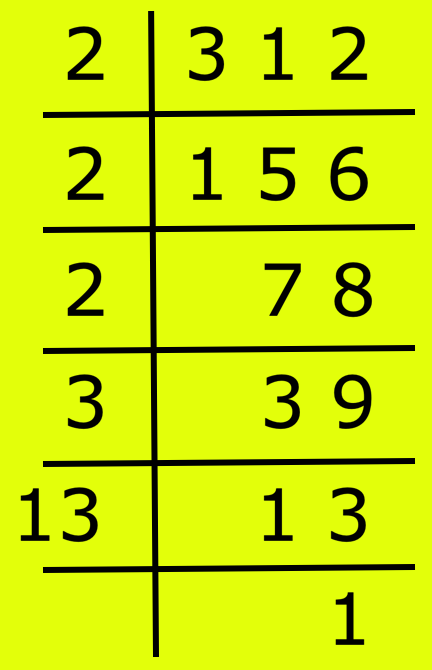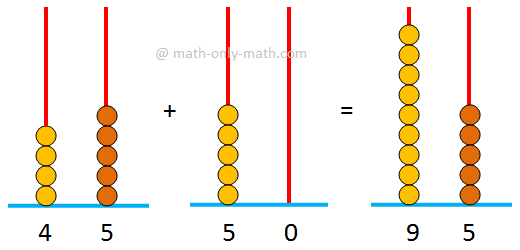Problems on Finding Area of Triangle and Parallelogram
Here we will learn how to solve different types of problems on finding area of triangle and parallelogram.
1. In the figure, XQ ∥ SY, PS ∥ QR, XS ⊥ SY, QY ⊥ SY and QY = 3 cm. Find the areas of ∆MSR and parallelogram PQRS.
Solution:
ar(∆MSR) = 12 × ar(rectangle of SR of height QY)
= 12 × SR × QY
= 12 × 6 × 3 cm2
= 9 cm2.
Also, ar(∆MSR) = 12 × ar(parallelogram PQRS).
Therefore, 9 cm2 = 12 × ar(parallelogram PQRS).
Therefore, ar(parallelogram PQRS) = 9 × 2 cm2 = 18 cm2.
2. In the figure, PQRS is a parallelogram, M is a point on QR such that QM : MR = 1 : 2.SM produced meets PQ produced at N. If the area of the triangle RMN = 20 cm2, calculate the areas of the parallelogram PQRS and ∆RSM.
Solution:
Draw NO ∥ QR which cuts SR produced at O. Then RONQ is a parallelogram. Join RN.
Now, ar(∆QMN)ar(∆RMN) = QMMR; (since both traingles have equal altitudes).
Therefore, ar(∆QMN)20cm2 = 12.
Therefore, ar(∆QMN) = 10 cm2.
Therefore, ar(∆QRN) = ar(∆QMN) + ar(∆RMN)
= 10 cm2 + 20 cm2
= 30 cm2.
Therefore, ar(parallelogram QRON) = 2ar(∆QRN) = 2 × 30 cm2 = 60 cm2 .................... (i)
Now, ar(parallelogramPQRS)ar(parallelogramQRON) = BaseSR×HeightBaseRO×Height = SRRO; (Since, both the parallelograms have have the same height)
Therefore, ar(parallelogramPQRS)ar(parallelogramQRON) = SRQN ................... (ii)
In ∆MQN and ∆MRS,
∠MQN = ∠MRS and ∠QNM= ∠MSR (Since, QN ∥ SR).
Therefore, ∆MQN ∼ ∆MRS (By AA axiom of similarity).
Therefore, corresponding sides are proportional.
So, MQMR = QNSR ................... (iii)
From (ii) and (iii),
ar(parallelogramPQRS)ar(parallelogramQRON) = MRMQ = 21
Therefore, ar(parallelogram PQRS) = 2 × 60 cm2 [From (i)]
= 120 cm2.
Now, ar(∆RSN) = 12 × ar(parallelogram PQRS)
= 12 × 120 cm2
= 60 cm2.
Therefore, ar(∆RSM) = ar(∆RSN) – ar(∆RMN)
= 60 cm2 - 20 cm2
= 40 cm2.
From Problems on Finding Area of Triangle and Parallelogram to HOME PAGE
Didn't find what you were looking for? Or want to know more information about Math Only Math. Use this Google Search to find what you need.
Recent Articles
-
5th Grade Factors and Multiples | Definitions | Solved Examples | Math
Mar 23, 25 02:39 PM
Here we will discuss how factors and multiples are related to each other in math. A factor of a number is a divisor which divides the dividend exactly. A factor of a number which is a prime number is… -
Adding 2-Digit Numbers | Add Two Two-Digit Numbers without Carrying
Mar 23, 25 12:43 PM
Here we will learn adding 2-digit numbers without regrouping and start working with easy numbers to get acquainted with the addition of two numbers. -
Worksheet on 12 Times Table | Printable Multiplication Table | Video
Mar 23, 25 10:28 AM
Worksheet on 12 times table can be printed out. Homeschoolers can also use these multiplication table sheets to practice at home. -
Vertical Subtraction | Examples | Word Problems| Video |Column Method
Mar 22, 25 05:20 PM
Vertical subtraction of 1-digit number are done by arranging the numbers column wise i.e., one number under the other number. How to subtract 1-digit number vertically? -
Worksheet on 11 Times Table | Printable Multiplication Table | Video
Mar 22, 25 05:08 PM
Worksheet on 11 times table can be printed out. Homeschoolers can also use these multiplication table sheets to practice at home.






New! Comments
Have your say about what you just read! Leave me a comment in the box below. Ask a Question or Answer a Question.